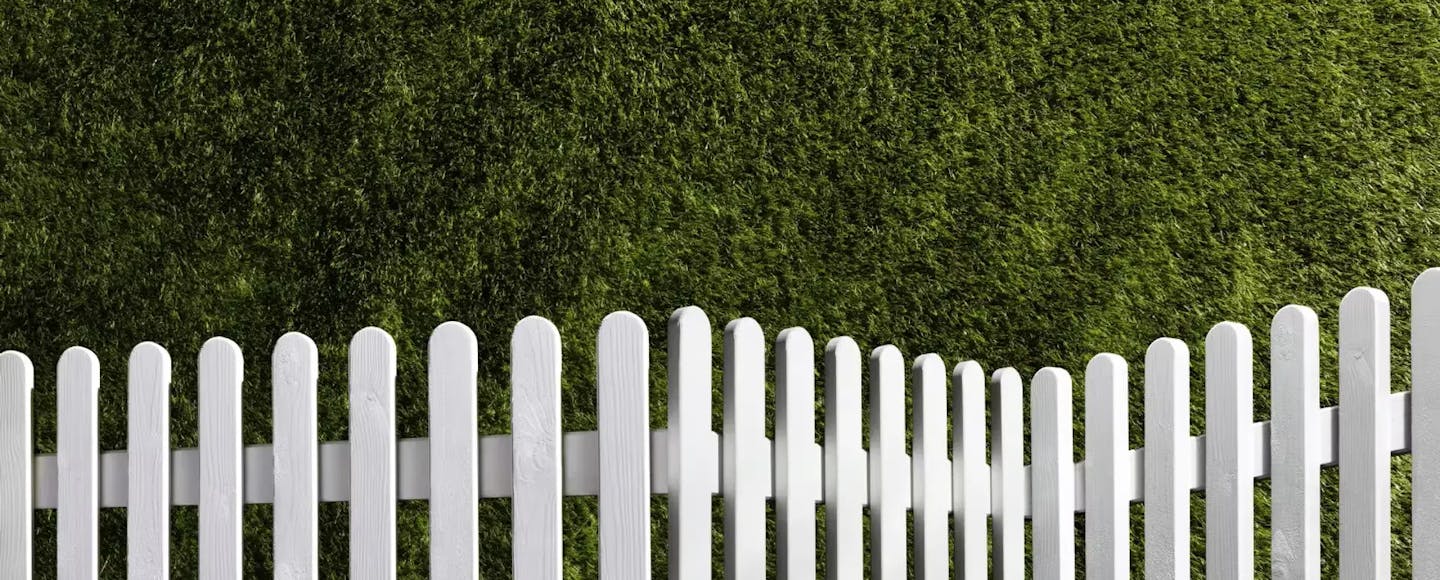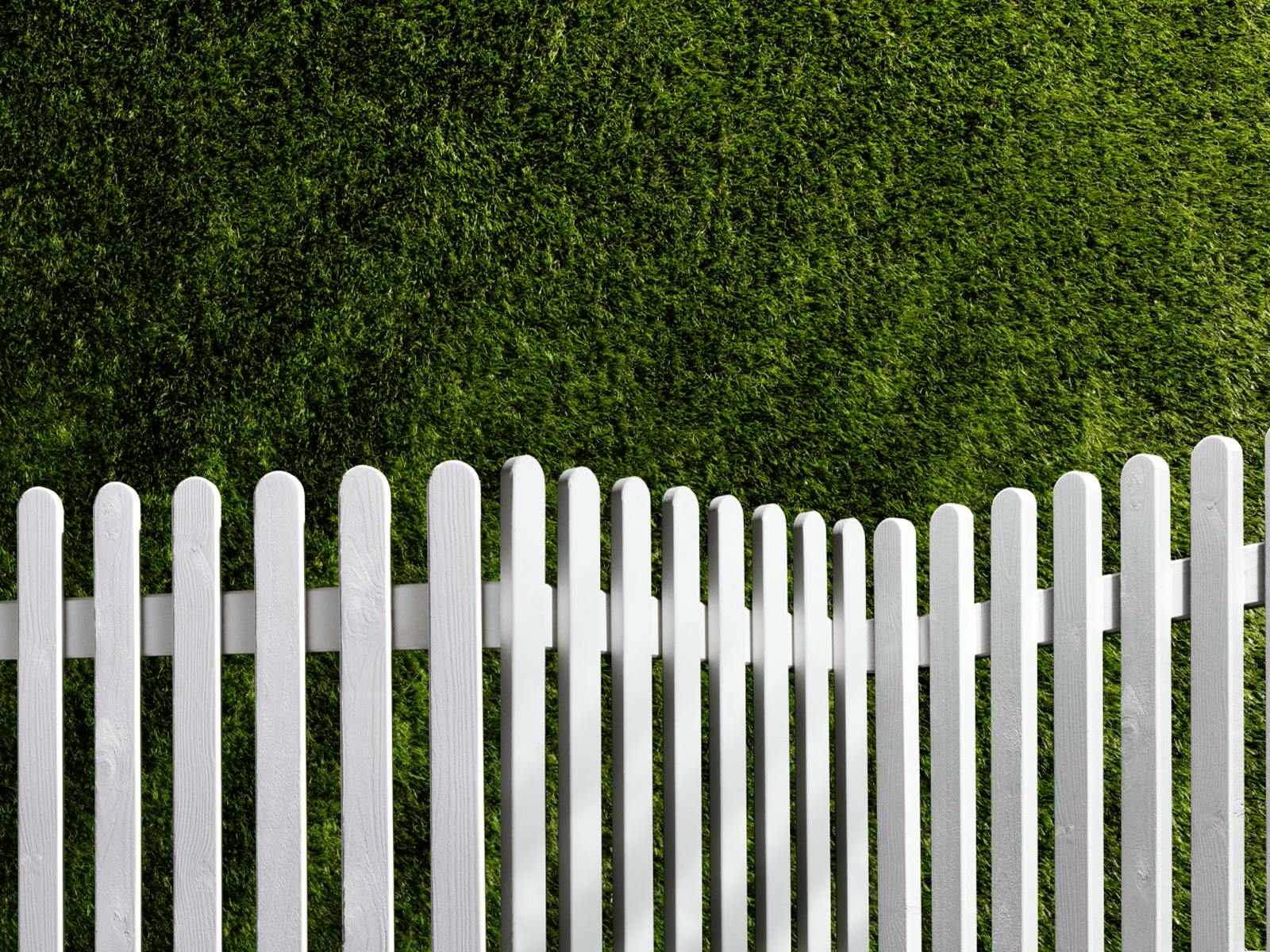Before you start painting, it is important to plan ahead. Check the weather forecast to make sure it is not going to rain, or that the temperature is not below 5 degrees Celsius. If it is too cold, the paint will not dry. If it has been raining recently, ensure that the wood is completely dry before you start your painting project. While it is possible to paint damp wood, there are multiple reasons why you should not do so. Most importantly, the paint will trap the moisture inside the fibres of the wood, preventing it from drying which will cause the wood to rot.
Preparation is key! We recommend that you mow your lawn around the area as smooth ground will prevent from any grass sticking to your freshly painted fence. Also, collect any loose leaves, just in case it gets windy later on.
Last but not least, it is essential that your wooden surface is prepped with a primer. Priming your fence will provide a clean base surface that will help you achieve a smooth end result. It will also bind with your paint coat and create a water-proof seal which will prevent the fence from getting damaged by adverse weather. We advise to treat wooden surfaces with Valtti Primer - our colourless priming oil, specifically created for external wood surfaces. The primes absorbs into the wood, making it water-repellent and protecting it against microbial and insect attack.
Once your primer has dried, you’re ready for your topcoat. When selecting your paint, make sure to choose one that it is suitable for exterior wood surfaces. We’ve used semi-matt Valtti Opaque paint in White to give the fence a crisp, white look. Valtti Opaque is a high-performance microporous opaque paint for exterior timber, developed to withstand extreme conditions. If white is not your thing, explore our Colour Directory page where you can find Tikkurila’s extensive colour range suitable for any exterior surfaces.
















